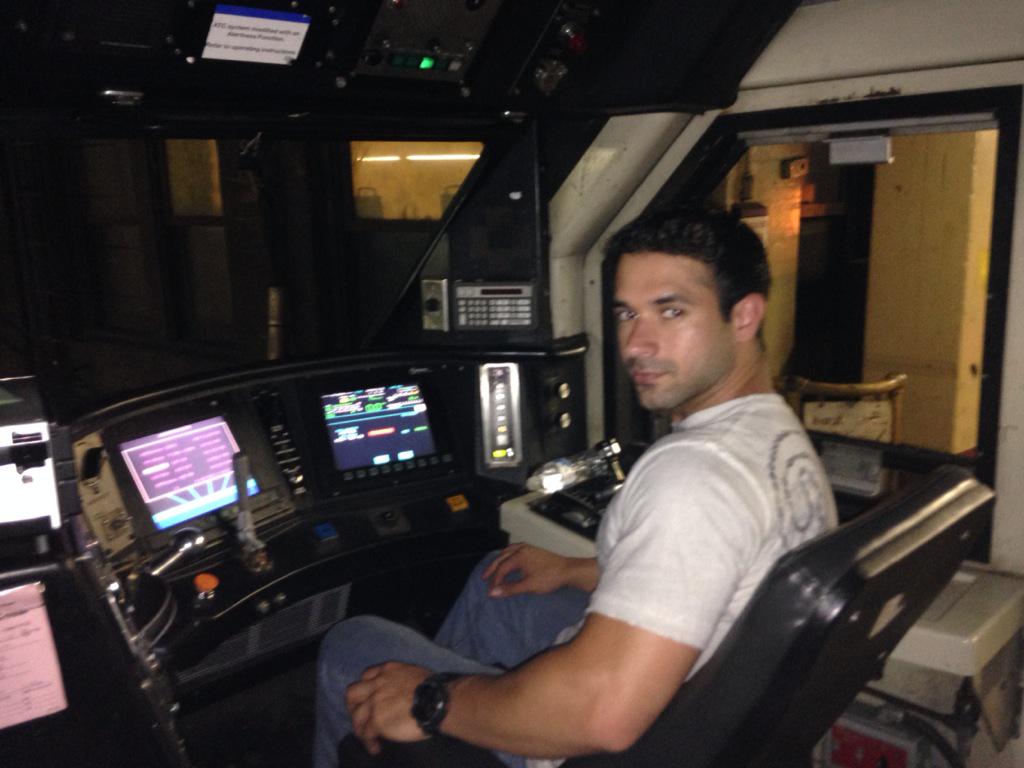고정 헤더 영역
상세 컨텐츠
본문
Making safety personalAt Norfolk Southern offices, shops, rail yards, and field operations, the No. 1 goal every day is for each employee to go home safely.In 2015, NS recommitted to an injury-free workplace, adopting a more personal approach. The company introduced “i am Coming Home™” as a new brand for its safety program. As part of the campaign, all operations employees received a handwritten notecard from NS’ chief operating officer, with this message:“I want you to go home to your family every day safely, and I want them to know that at NS, safety means that you are coming home. What could be more important than getting home to our families and loved ones safely every day?”At work locations, “i am Coming Home” banners now are commonplace. Ongoing employee engagement includes videos with key safety messages and employees sharing stories about working safely.
NS has incorporated the brand into its safety vision statement: “We get home safe. No job is so important and no service is so urgent that we cannot take the time to perform our work safely.”.
“When we’re working safely and looking out for each other, we’re making good business decisions. “The ‘Risk Factor’ training acknowledges that creating another safety rule might not be the answer to preventing all injuries,” said Jeremy Bush, an assistant terminal superintendent who teaches the workshop to locomotive engineers and conductors. “Our train and engine crews are very open to hearing that because it’s not as authoritative. We’re actively involved in a two-way conversation about risks and how we can make good choices for our safety every day.”“The goal is to help employees reduce injuries through a deliberate decision-making process that starts by acknowledging that risk exists,” said Mike Armstrong, a trainmaster and workshop instructor.“Own your decisions,” Armstrong told train crews during a workshop at Crewe, Va. “What you do out here affects you, your co-workers, and your families. The public wants to know that the people operating a train through their neighborhood are doing it safely.”. The winning teams made improvements to equipment and work processes that eliminated manual lifting, reduced the time required to perform tasks, and saved on operating costs.
The winning engineering team, for example, designed a rail stabilizer carrier now being used by bridge maintenance crews systemwide. In addition to ergonomic benefits, the carrier boosts the company’s bottom line by reducing track downtime during bridge maintenance.“We try to get a domino effect with the Ergo Cup entries,” said Don Robinson, manager safety and workplace design. “We go from one good idea in one location to a tool or work process improvement that benefits hundreds of employees across the railroad.” Workplace injuries decline 13 percent in 2015Norfolk Southern’s “i am Coming Home” safety campaign in 2015 coincided with a 13 percent decline in reportable injuries.
Norfolk Southern Locomotive Engineer Training Handbook Examples For Kids
In addition to fewer injuries, the number of employees who missed at least one day of work due to an injury decreased by 22 percent.The company’s injury ratio for 2015 was 1.05 injuries per every 200,000 employee-hours of service. That compares with 1.21 injuries in 2014 and 1.17 injuries in 2013.Tragically, Norfolk Southern experienced one work-related employee fatality during the year. A 20-year-old conductor trainee coupling rail cars at a customer facility in Mississippi died after being struck by moving equipment on the track. Keeping safe in the fieldAround 80 percent of employees work in transportation, mechanical, and engineering, the railroad’s three main operating departments. These groups operate 24/7 in conditions that include large moving equipment, ballasted walking surfaces, and inclement weather.NS’ safety program trains employees to recognize on-the-job risks and to perform tasks in accordance with workplace safety rules and practices that emphasize situational awareness to guard against injuries or incidents.In 2015, mechanical employees, including those who repair and maintain locomotives and rail cars, achieved the best safety performance, reporting 0.66 injuries per 200,000 employee-hours of service. Transportation employees, who include locomotive engineers and conductors, had the most improved safety record, reducing their injury ratio by more than 30 percent. Engineering employees, including those who maintain track, bridges, and signals, experienced a slight uptick in reportable injuries.
Telematics technology drives safety home – and saves fuelNorfolk Southern owns and maintains a fleet of around 6,000 light-, medium-, and heavy-duty trucks, SUVs, and cars that employees use in field operations. That number ranks NS as a Top 100 commercial fleet. To enhance workplace safety, improve use, and reduce maintenance costs, the company is using telematics technology to monitor driving behaviors.A 2015 pilot program equipped 100 vehicles with the technology, which uses GPS and mobile cellular to track instances of hard braking, hard acceleration, speeding above the posted limit, and excessive speeding. Employees were issued scorecards, and performance improved across all metrics. In 2016, NS plans to outfit an additional 2,600 vehicles with telematics.“We’re constantly working to enhance safety at Norfolk Southern, and this is another tool we’re putting in the toolbox,” said Mike Waits, system manager vehicle fleet administration. “The more cautious and conscientious you are driving at work, the more that cascades to safer driving when it’s your spouse or children in the vehicle with you.”In addition to safety, NS is using the technology to reduce unnecessary vehicle idling, which will contribute to the company’s fuel- and emissions-reduction goals. During the pilot, employees achieved a 4 percent improvement overall in fuel economy.

In 2015, NS’ vehicle fleet consumed more than 12 million gallons of fuel at a cost of nearly $31 million – trimming 4 percent off the bill would save more than $1 million.“When you’re talking about spending millions of dollars on fuel, even small reductions make an impact,” Waits said. “In a sustainability sense, it’s not just reduced consumption, but reduced emissions, too.” Copyright ©2016 Norfolk Southern Corp.
Locomotive Engineer Training In Florida
Three Commercial Place, Norfolk, VA 23510.




